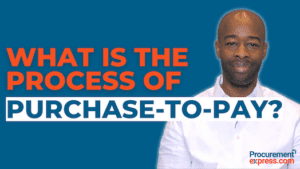
What Is the Process of Purchase-to-Pay?
The purchase-to-pay process involves all the steps in the procurement process.
Team members can create a purchase request in minutes
Set unique custom fields to suit your business
Turn your online shopping cart order into a draft PO
Manage invoices at lightning fast speeds.
Managers can quickly approve or reject requests
Cross reference and verify accounts payable expenses
Upload all of your essential purchase data in seconds
Simple and ultra secure access management
Unlimited, detailed budgets to help you track company spend
Analyze detailed breakdowns of company spend
Remote teams can manage purchasing from anywhere
Auto convert purchase orders to the supplier’s currency
Manage & switch between different company accounts
Big picture reports for finance teams and super users
Manage 3rd party suppliers in a single portal
More value from suppliers of standard items
Build a product catalog for critical vendors

The purchase-to-pay process involves all the steps in the procurement process.
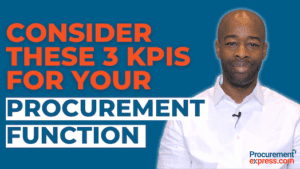

Measure the performance of your procurement function by considering your average cost per order, cost avoidance, and spend management.
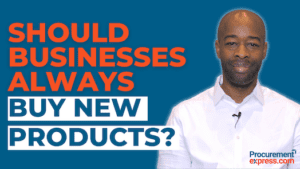

There are four main benefits of buying used rather than brand new products.
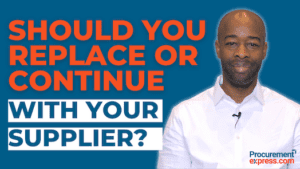

Before you give your supplier the boot, consider these questions.
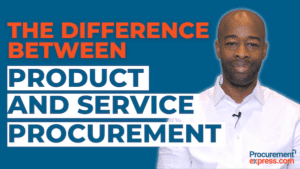

There are three key differences between product and service procurement.


Procurement software is sexy – procurement training is not. When you get hyped up about tech and tools, it’s easy to neglect the education piece.
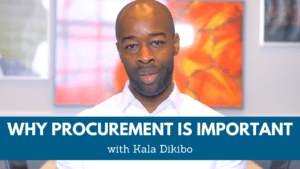

In today’s video, Kala Dikibo discusses why procurement is important to businesses of all shapes and sizes. As experts in the procurement industry, we know


In today’s video, Kala Dikibo explains the difference between RFI, RFQ and RFP.


Kala Dikibo discusses why companies should pre-qualify their suppliers and contractors.